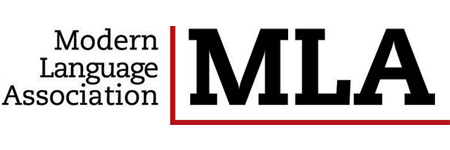Alevism Cem And Cem Concepts
DOI:
https://doi.org/10.24082/abked.2013.08.008Keywords:
Cem, Dar, Delil, Düvaz, Gülbang, Miraç, Semah, SürekAbstract
Cem, basic praying of Alevis, were generally performed in autumn and spring when majority of Alevis were living in villages. After harvest, the Cem of Union was performed to symbolize plentifulness, fruitfulness and purification. In this first Cem of the year called The Cem of Abdal Musa, everybody contributes the sum as one can, and all is shared equally among the community.
Cems are performed in the leadership of Dedes, the spiritual leaders of the com- munity. Male and female members (prayers) join Cems in wqual respect. The most ne- cessary instrument played in Cem is called, "saz." There are 12 services and each has separate distinctive duties. The major aim of Cem praying is to evaluate human-being as sacred existence. Cems are also the schools of Alevis in which social issues are tau- ght. Thus, they contribute the social peace of Alevi community. Therefore, it is wrong to suggest Cem houses with that of Mosques.
It is necessary to grasp Alevi terminology in order to understand Alevism. The basic sources of Alevi terminology can be found in the expressions and the discourse of Dedes in Cem praying, and other Alevi materials such as folk poems, buyruks (ap- provals), and "Menakıpnames," the documents of Alevi belief system. The aim of this study is to examine and reflect some of the most frequently used terms and concepts of Alevism through the viewpoints of Alevis.
Downloads
Downloads
Published
How to Cite
Issue
Section
License
Copyright (c) 2013 Journal of Alevism-Bektashism Studies

This work is licensed under a Creative Commons Attribution-NonCommercial-NoDerivatives 4.0 International License.








